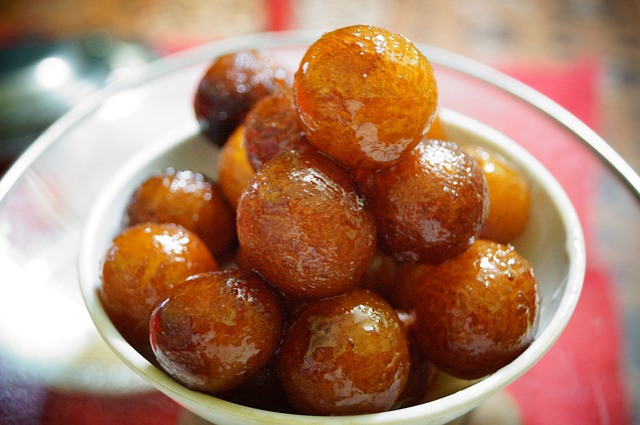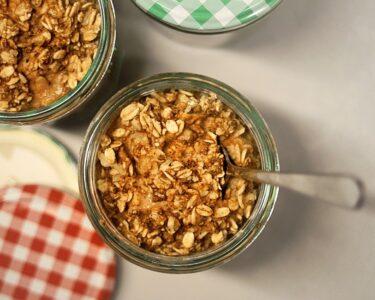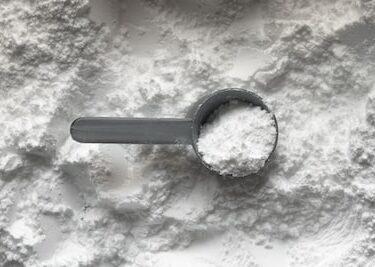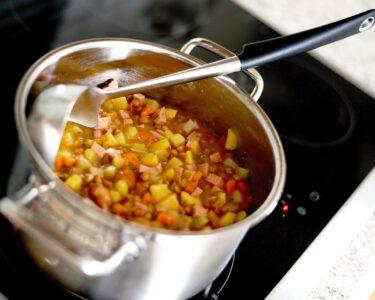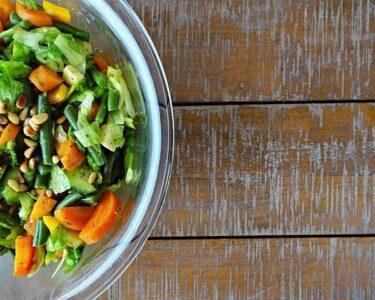Sweet is not just food or a particular taste. It is like an emotion, happiness, and celebration for many. But, if you are in the mid-thirties or above, you probably look at the sweets with guilt and a heavy heart. What to do? Almost every health condition (obesity, hypertension, diabetes, etc.) has been proved to have a strong connection with excess sugar intake. Do you sometimes find your life meaningless? Don’t be. Sweets are bad but sweets can be good. Confused? If you are a sweet lover, a homemade version of Indian sweets can save your soul. Here are the 6 advantages of homemade Indian sweets you can’t ignore.
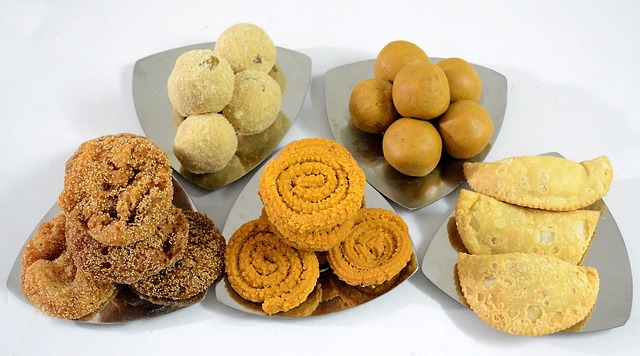
6 Advantages of homemade Indian sweets
There is always a huge difference between the quality of homemade and commercial versions of any food. Food companies often compromise on food quality to ensure their regular bulk production. Whereas at home, the production is limited and special attention is given to the quality of the food. Indian sweets are not an exception. The market is filled with various dessert items – Indian sweets, cakes, cookies, donuts, brownies, pastries, etc. which are loaded with processed sugar and chemicals to make them more addictive to the consumers. Amidst this madness following reasons should motivate you to go for a homemade version of Indian sweets.
Here are the 6 advantages of homemade Indian sweets –
1. Homemade Indian sweets are – more than just sugar
Have you ever seen someone making any Indian sweet? If yes, then you know Indian sweets are not just various forms of sugar. Sugar is only one ingredient among many. Traditional Indian sweets are generally the combination of –
• cereal (rice/rice flour/ wheat flour/semolina/ broken wheat etc.) and/or
• pulse (Bengal gram flour/ Bengal gram dal/green gram/black gram etc.) and/or
• milk and milk product (mawa/ chena/ curd etc.) and/or
• seeds and nuts (sesame seed/melon seed/peanut/ cashew nut/pistachio etc.) and/or
• dry fruits (dates/raisin/apricot etc.) and/or
• spices (cardamom/nutmeg/cinnamon/ saffron etc.) and/or
• ghee/ cold-pressed oil (the traditional one)
and
• sugar/jaggery
All the Indian sweets are a mixture of 2-3 or even more such ingredients along with sugar/jaggery. Therefore the combination makes the final product nutritious rather than an empty calorie. The quality of each ingredient ensures not only the nutritive value but also other health benefits. The addition of cereal, pulse, milk, nuts, and seeds make the sweets rich in carbohydrates, protein, and other micronutrients. The Indian spices add medicinal goodness to the sweet. The inclusion of ghee/ cold-pressed oil and sugar/jaggery enhances the taste as well as the energy value of the sweet.
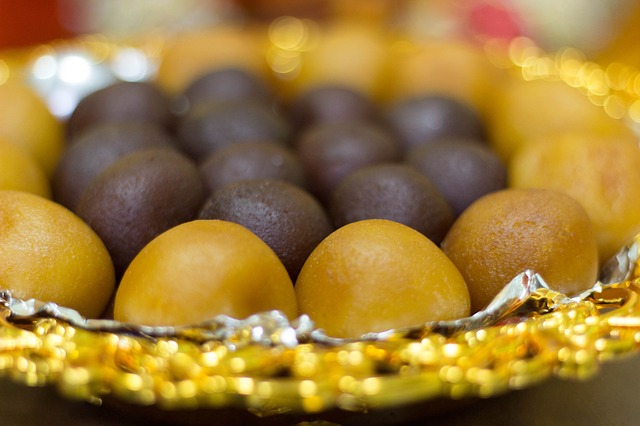
2. Homemade Indian sweets contain – limited sugar
The taste of any homemade food is determined by two experience-based powerful tools -1. eye estimation of ingredients and 2. in-between food tasting. Keeping in mind the health parameters of all the family members, our supermoms mindfully add sugar just the exact amount to achieve the right taste of the sweet.
3. Homemade Indian sweets go through – controlled processing of each ingredient
Soaking (nuts and pulses) and roasting the ingredient at low temperatures is one of the important steps of making Indian sweet. These cooking procedures help to eliminate the anti-nutritional factors (phytic acid etc) and enhance the nutritional availability of each ingredient.
4. Homemade Indian sweets are always – quality over quantity
Everybody maintains a decent quality of the ingredients while making food at home. Good quality food doesn’t only taste good without any artificial addition but is also beneficial for health.
Homemade sweets are not made in abundance. A limited quantity is prepared and shared with every family member and guest. So the chance of overeating is always less. If you have the tendency to refill your plate repeatedly, stay away from the kitchen.
5. Homemade Indian sweets are – seasonal, occasional
Indian sweets are generally considered as “special food”. People used to wait for a special occasion -an auspicious ceremony or celebrating season or social gathering to make sweets. So the frequency of eating sweet was already checked. No, don’t think such an occasion comes rarely in a year. Now every month we have some sort of celebration, Therefore you have at least one reason a month to enjoy the delicious homemade Indian sweets.
6. Homemade Indian sweets are – pocket-friendly
Who does not like a pocket-friendly option? Especially when savings come along with a better quality promise. You can make double the amount at home instead of purchasing the sweet outside.
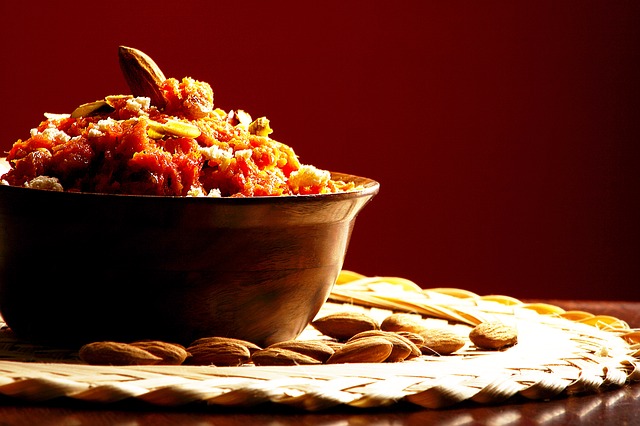
How much to eat?
Good things generally come in small packages. It stands perfect for Indian sweets. Just because it is homemade, you must not go crazy about sweets. Remember, if you want to enjoy this for the rest of your life, go slow. No matter whether you are diabetic or trying for weight loss always take a piece and then don’t look back. Enjoy the piece slowly without any guilt. It is best to eat sweet along with a complete meal. This helps to achieve comparatively steady blood glucose rather than eating sweet alone.
Peanut chikki, coconut laddu, kheer, Puran poli, etc are the healthy option for a quick snack once or twice a week. But other deep-fried sweets or sweets which are dipped in sugar syrup should be the part of festival/special menu once a month.
Few types of homemade Indian sweets
There is a wide variety of Indian sweets prepared at home. There are regional variations of each sweet in terms of ingredient, methodology, season and occasion. Let’s check the general ingredients of a few popular types of Indian sweets.
1. Kheer /Payesh /Rabri
This is a milk-based sweet. When made solely with milk called rabri. If added with rice named as kheer/payesh.
Texture- liquid to semi-liquid
General ingredients – Milk, rice, cashew nut, almond, raisin, cardamon, sugar/jaggery
2. Halwa
Can be made of semolina(sooji ka halwa), carrot (gajar ka halwa), gram flour (besan ka halwa) or green gram (moong dal ka halwa)
Texture – Mashed, solid
General ingredients – Semolina/ gram flour/carrot/ green gram, milk, cashew nut, almond, raisin, cardamon, sugar/jaggery
3. Laddu
Can be made of gram flour (besan ka laddu or motichur ka laddu), coconut (naru or nariyal ka laddu), sesame seed (til ka laddu), or any other seeds
Texture – Solid, spherical in shape
General ingredients – Gram flour/ coconut/ sesame seeds or any other seeds, milk, cashew nut, almond, raisin, cardamon, sugar/jaggery
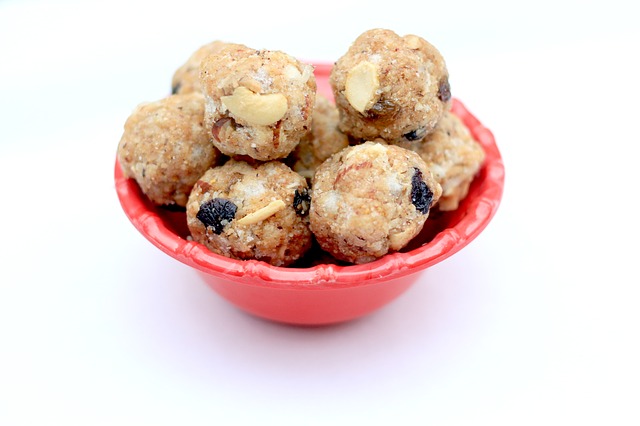
4. Chikki
Can be made of peanut (badam ka chikki), sesame seed (til ka chikki), or any other seeds
Texture – Solid, cubical in shape
General ingredients – Peanut/ sesame seeds or any other seeds, coconut (optional), sugar/jaggery
Also, read – 13 healthy and tasty chikki ideas
5. Barfi
Can be made of cashew nut (kaju barfi), almond (badam barfi), milk (mawa barfi), coconut (nariyel barfi)
Texture – Solid, cubical in shape
General ingredients – Cashew nut/ almond/ coconut/ milk (mawa), milk, cardamom, sugar/jaggery
6. Sandesh
It is solely a milk-based sweet where variation in flavor comes from different types of jaggery (palm/ date/sugarcane) and sugar.
Texture – Solid, cubical/ spherical, or any other shape
General ingredients – Milk (mawa), cardamom, sugar/jaggery
7. Sweet with stuffing
These sweets can be of three varieties – Steamed (modak , bhapa pitha etc.) or deep-fried (gujiya. Bhaja pitha, gokul pitha etc.) or shallow fried (puran poli etc)
Texture – Solid, cubical/ spherical /roll/round or any other shape
General ingredients – Generally has an outer cover with rice/ wheat flour and has an inner stuffing with gram flour, coconut, milk, milk (mawa), nutmeg, cardamom, cinnamon, cashew nut, pistachio, raisin, ghee/cold-pressed oil, etc.
8. Indian Pancakes
Indian pancakes are either dipped into sugar syrup (malpua) or rolled with some inner stuffing (pati shapta)
Texture – Solid, flat, round in shape
General ingredients – Rice/ wheat flour/semolina, fennel seeds, cardamom, milk for the pancake batter, and inner stuffing with coconut, milk, milk (mawa), cardamom, cinnamon, raisin, ghee/cold-pressed oil, etc.
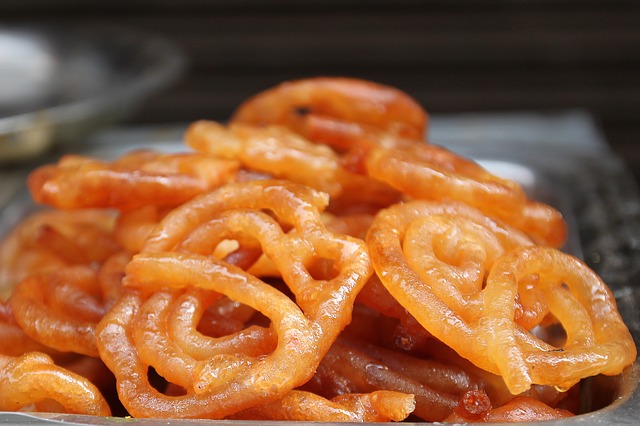
9. Sweet dipped in sugar syrup
Texture – Solid, spiral (jalebi), or spherical (rasgulla,gulab jamun etc.)
General ingredients – Wheat flour/semolina, fennel seeds, milk, milk (mawa), cardamom, cinnamon, raisin, pistachio, saffron, ghee/cold-pressed oil, etc.
Bottom Line
Say “no” to empty calories ( all the packaged, processed, and junk foods) to control your blood sugar and/or weight. But say “yes” to homemade Indian sweets. If you want to enjoy the food rest of your life, bank on homemade food, concentrate on the food quality, reduce the food quantity and frequency. Yes, it is that simple. I bet you won’t be able to ignore the 6 advantages of homemade Indian sweets.
Oh yes, please don’t try to modify the recipe to make it more “healthy”. So if you are thinking of adding artificial sweetener replacing sugar/jaggery, or using olive oil replacing ghee or, adding millet powder instead of wheat flour, stop right there. Follow the traditional recipe to ensure the actual goodness. Enjoy special occasions with your family and friends with a piece of your favorite homemade sweet.
Do you have similar preparation in your tradition? Yes? Would you like to share with us? The comment section is open for you.
Follow us on Facebook https://m.facebook.com/wellnessmunch/?ref=bookmarks
Follow us on Instagram https://instagram.com/soma.b.chakrabarty?utm_source=ig_profile_share&igshid=1tnlrvuxcv9be

